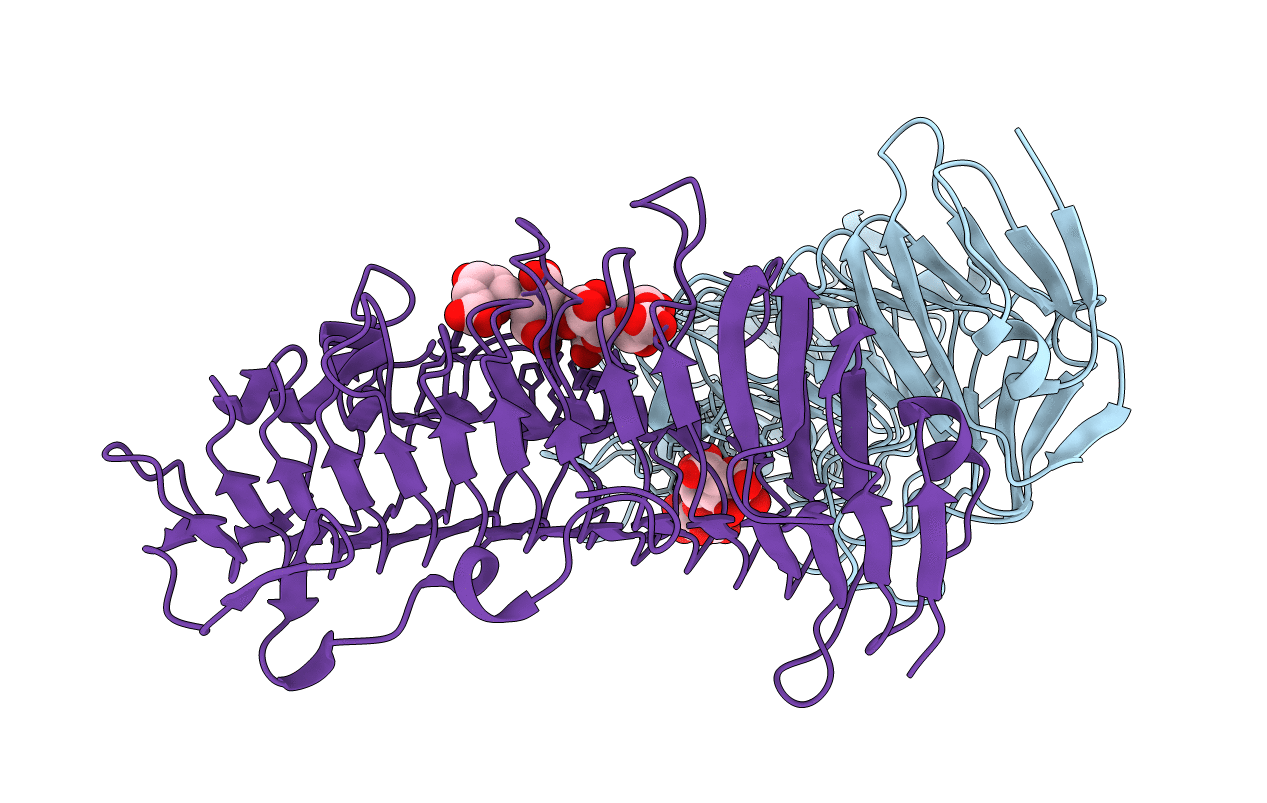
Deposition Date
2021-04-14
Release Date
2021-07-28
Last Version Date
2024-05-01
Entry Detail
PDB ID:
7O84
Keywords:
Title:
Structure of the PL6 family alginate lyase Pedsa0632 from Pseudopedobacter saltans in complex with substrate
Biological Source:
Source Organism:
Host Organism:
Method Details:
Experimental Method:
Resolution:
2.18 Å
R-Value Free:
0.28
R-Value Work:
0.22
R-Value Observed:
0.23
Space Group:
P 1 21 1


